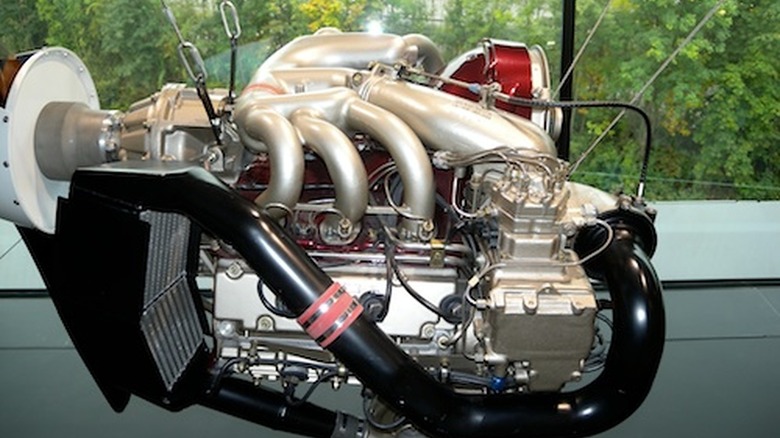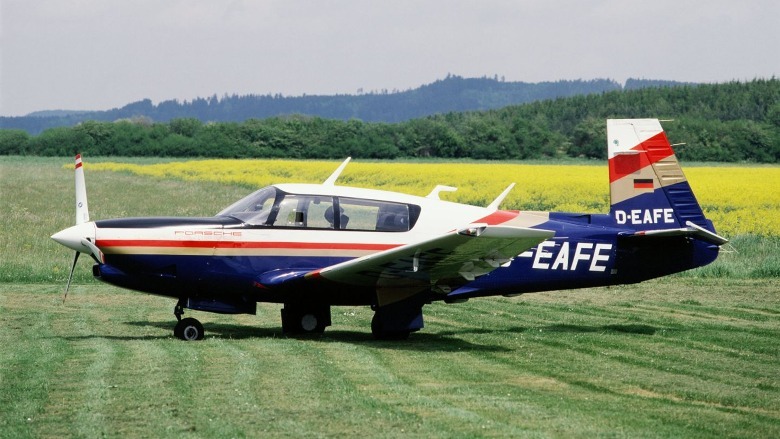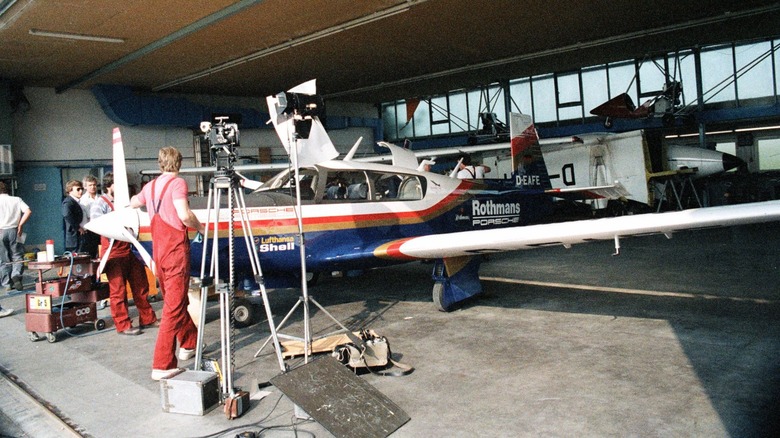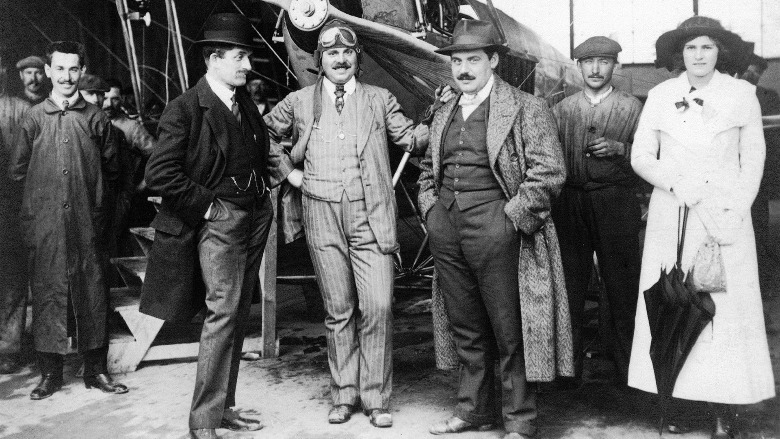This Aircraft Engine Is Based On Porsches Legendary 911 Flat-Six
Early automotive pioneers like Porsche dabbled in aviation long before it struck gold in building cars. Company founder Ferdinand Porsche became the technical director of Austrian aircraft maker Daimler-Motoren-Gesellschaft in 1908 and made a four-cylinder engine for a military gas balloon. But it wasn't until 1935 that Porsche revived his aeronautical ambitions with the 1,000-horsepower Type 55 aircraft engine and the Type 70 and 72 with 16 and 32 cylinders, respectively.
During the aftermath of WWII, the Paris Agreement of 1955 enabled German citizens to fly gas-powered airplanes after years of flying gliders. During this time, Ferdinand Porsche had a lightbulb moment: Why not put a Porsche 356 engine in an airplane? Not long after, Porsche gave the world the first post-war aircraft engine, the Type 678, a Boxer-four engine derived from the 356 sports car.
Fast-forward to the 1980s, Porsche engineers had a similar "Eureka!" moment after its 911 range of sports cars dominated the enthusiast crowd from the early 60s to the late 70s. But this time, they had their sights on the 3.0-liter turbocharged flat-six engine of the 930-Series Porsche 911 Turbo.
Porsche PFM 3200: A Porsche 911 engine for the skies
The folks at Porsche took the Porsche 930's six-cylinder engine and gave it mods like dual ignition, a twin alternator, a reworked propeller drive, and a camshaft spur gear drive to create the PFM 3200. It flew for the first time powering a Cessna 182 Skylane over the skies of Mindhelheim-Mattsies airfield in Bavaria in 1982. And by 1984, German authorities gave the Porsche PFM 3200 its seal of airworthiness, and Porsche began series production in 1987.
The Porsche PFM 3200 reached a few Mooneys, Cessnas, Robins, and Turbo PFM light aircraft. Then, in 1986, a Mooney M20K four-seat airplane powered by a Porsche PFM 3200 made a round-trip flight around the globe. It flew for over 62,000 miles (100,000 kilometers) in sweltering and cold climates without the engine skipping a beat, proving the engine's durability and reliability.
Moreover, the Porsche PFM 3200 had a sterling reputation for fuel economy. Porsche claims a Cessna 182 in straight and level flight could achieve a 100-kilometer range on just 13 liters of premium fuel. It's also a silent performer, as the PFM 3200 earned the "Flustermotor" nickname (whispering engine) for its quiet operation.
Despite the Porsche PFM 3200's great merits, it entered the aviation scene when small aircraft engines were in low demand. The economic recession of the early 1980s and the drop in aviation fuel prices compounded the predicament, making the PFM 3200 a hard sell for its required diet of premium auto fuel. As a result, only 80 units of the Porsche PFM 3200 left the factory after production ceased in 1991.



